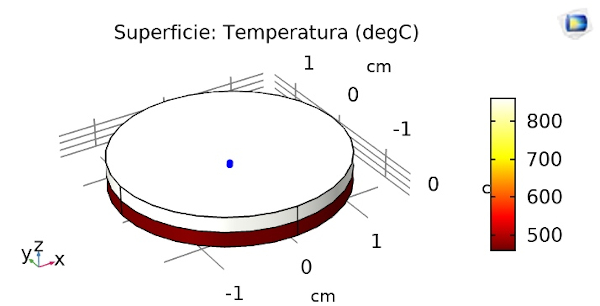We found that the application of TECSAS technology on CSP plants can increase the overall conversion efficiency up to 43.4% and 39.1% for the investigated systems of 50 kW-1 MW and 100 MW, respectively, by making technical assumptions which can be realistically achieved in the early mid-term. To evaluate the overall conversion efficiency for the different small size CSP plants with the integration of the TEC as engineered receiver, the thermal-to-thermal efficiency was fixed at 65% whereas the conversion efficiency of the power block (i.e., a Stirling engine) at 33%.
The lower conversion efficiency for the largest plant is due to the need of modular receivers, since geometrical constraints for the maximum allowable size of the receiver are fixed to 1 m of lateral dimensions (i.e., diameter).
The optical, thermal, electrical properties of the involved materials and structures have been deepened and identified for guaranteeing the optimal conditions. Indeed, their selection was guided by considering both economic and avoidance of critical raw materials. The development of ultra-thin coatings with work function values lower than 1.7 eV is mandatory for the proper operations of TECs at upper temperatures lower than 1000 °C, as well as the fabrication of dielectric microspacers ensuring the lack of space-charge. Additionally, the integration of TECs with thermal energy storage sub-system (HTF sub-system and power block) was evaluated, by indicating that the anode temperature must be at least 400 °C.
Summary of Deliverable 1.2: Results of the modelling activities for TECSAS technology on the 3 different scenarios of CSP plants
13 Dicembre 2021
Publications
Results of the modelling activities for TECSAS technology on the 3 different scenarios of CSP plants
© Copyright 2021 - TECSAS Project


